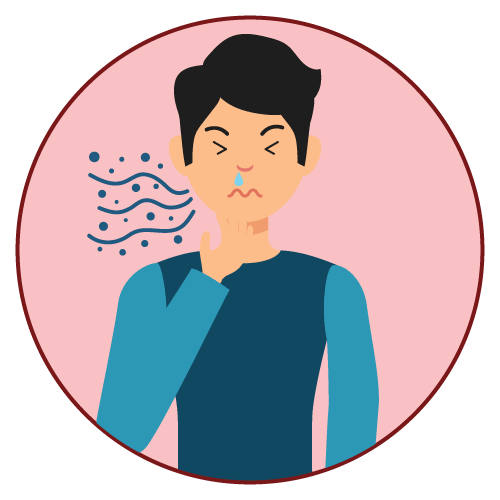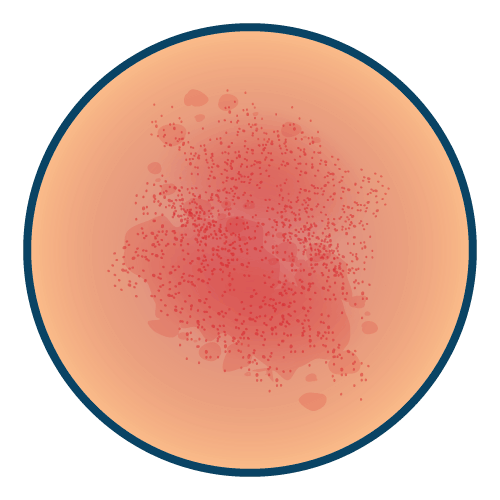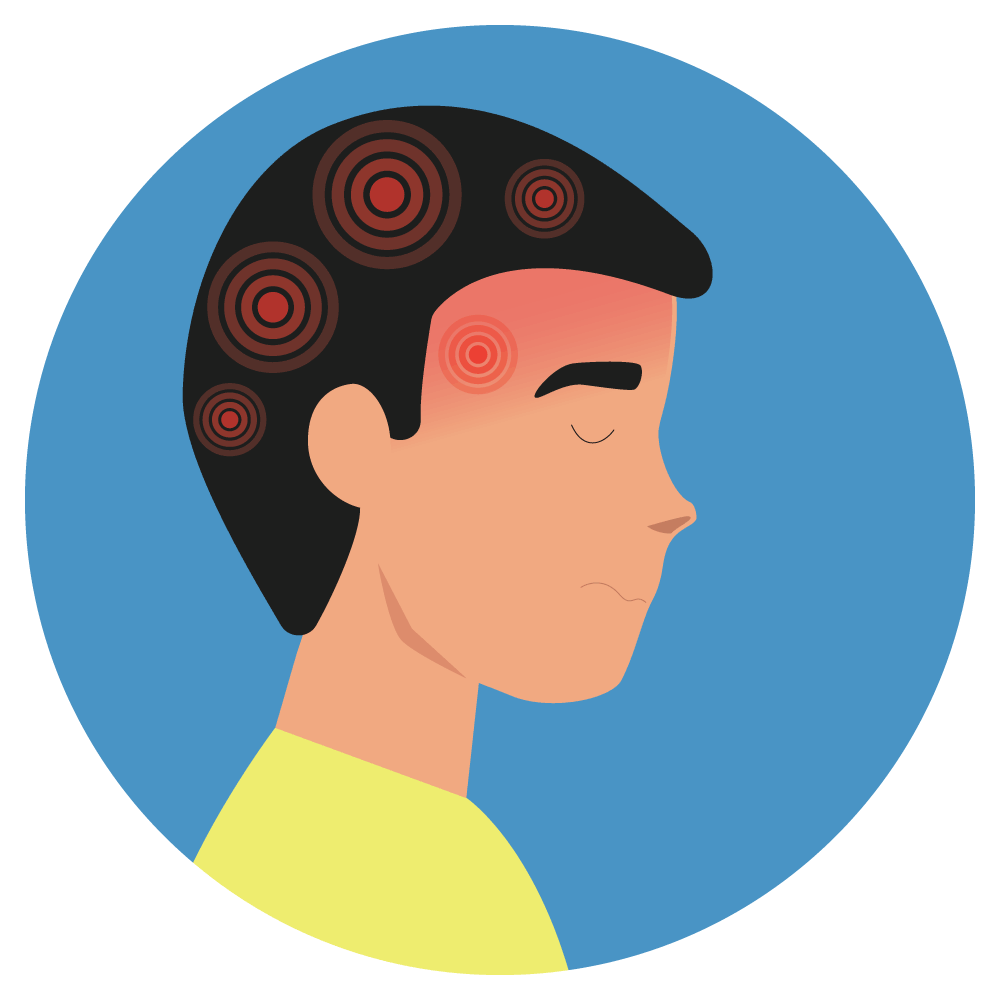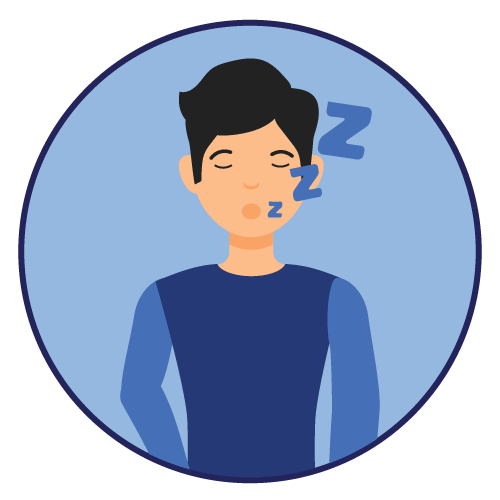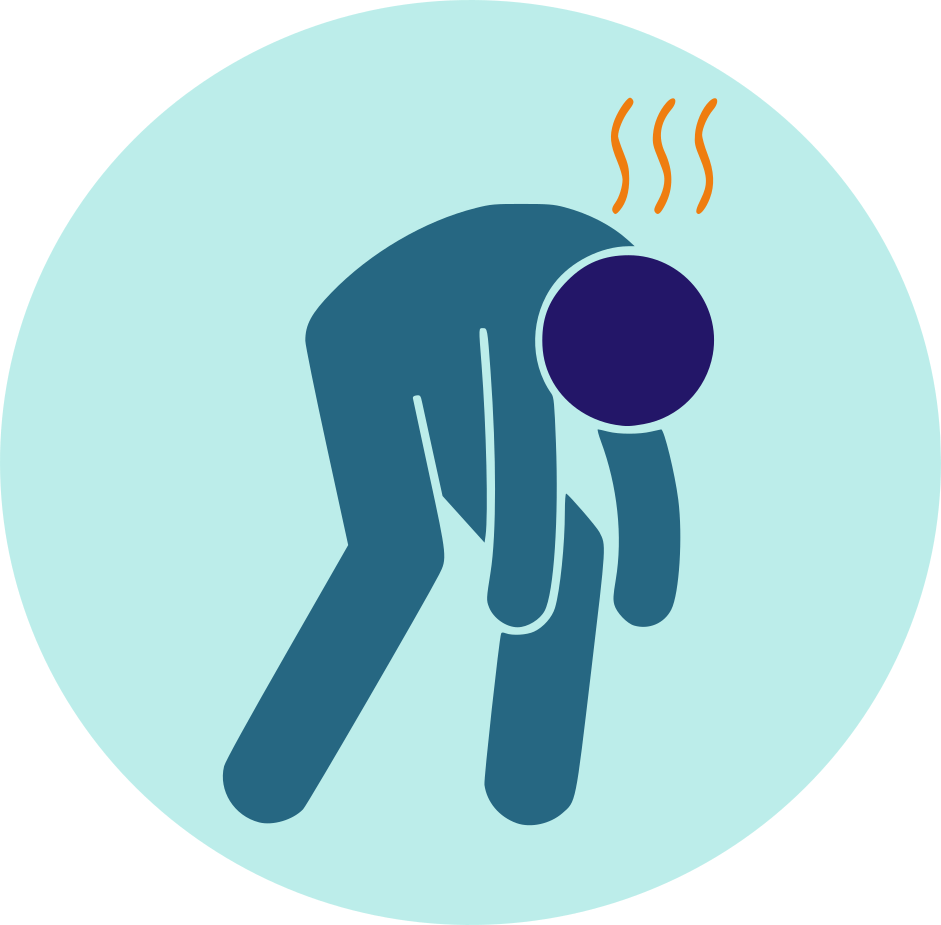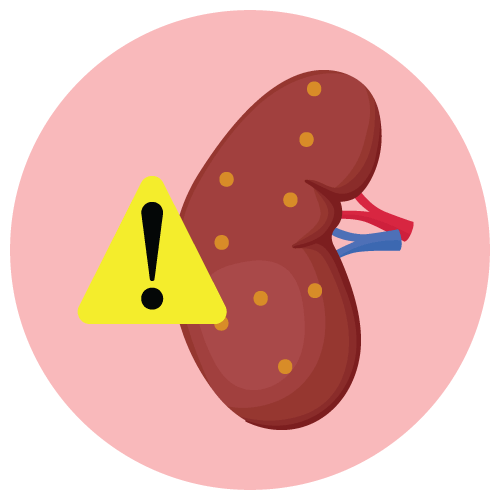| Name | Mizolastine |
| Classes |
Respiratory Agent Antihistamine Antiallergic Agent |
| Diseases |
Allergic Reaction Conjunctivitis Hay Fever Hive Urticaria |
English
Mizolastine
Mizolastine belongs to the class of antihistamines, specifically histamine H1-receptor antagonists. Its mechanism of action involves selective blockade of H1 receptors, thereby inhibiting the effects of histamine.
Mizolastine is indicated for the relief of symptoms associated with allergic rhinitis (seasonal and perennial) and chronic idiopathic urticaria.
For Adults and Adolescents (12 years and older):
- The recommended oral dose is 10 mg once daily.
For Pediatric Patients (6 to 11 years):
- The recommended oral dose is 5 mg once daily.
Common adverse reactions associated with Mizolastine may include:
- Headache
- Somnolence
- Fatigue
- Dry mouth
- Gastrointestinal disturbances
Less common adverse reactions may include dizziness, nausea, and increased liver enzymes.
- QT Interval Prolongation: Caution is advised in patients with known QT interval prolongation or those taking medications that may prolong the QT interval.
- Central Nervous System Effects: Use with caution in situations requiring mental alertness, as it may cause drowsiness.
Contraindication
Mizolastine is contraindicated in patients with:
- Known hypersensitivity to mizolastine or any of its components.
- Concurrent use of terfenadine or astemizole due to potential QT interval prolongation.
None known.
Mizolatine is contraindicated in patients with-
- Severe renal impairment or end-stage renal disease requiring dialysis.
- Significantly impaired hepatic function.
- Patients with known or suspected QT prolongation or with electrolyte imbalance, in particular hypokalemia.
 Bangla
Bangla English
English